In the realm of fruits and vegetables, the vibrant purple foods often signifies the presence of anthocyanins, a group of beneficial nutrients. These are important for your body and whether you follow a vegetarian weight loss diet or simply eat what you please, you should make sure you also consume these nutrients.
While your body may not necessitate these phytonutrients for its basic functions, they play a crucial role in safeguarding your cells against potential damage that may contribute to illness and disease.
The advantages of consuming these purple-hued foods extend beyond cell protection, offering a plethora of additional health benefits.
Here are 9 purple foods you should add to your diet:
- Red Cabbage
Cooking red cabbage may enhance your body’s utilization of its anthocyanins. When fermented to create sauerkraut or kimchi, red cabbage becomes a source of natural probiotics, fostering a healthy “microbiome” in your gut.
These probiotics play a crucial role in supporting your body’s defenses against germs, aiding nutrient absorption, facilitating digestion, and even influencing anxiety control.
- Red Cherries
The deep, rich color of red cherries signifies the presence of anthocyanins, which may contribute to lowering blood pressure and maintaining healthy, supple blood vessels.
Additionally, these antioxidants appear to provide relief for joint issues such as osteoarthritis and gout.
Beyond that, cherries are a nutrient powerhouse, potentially playing a role in preventing cancer, heart disease, and diabetes when incorporated into a balanced diet.
- Potatoes
Opt for potatoes with purple skin and flesh to maximize their nutritional benefits. Apart from anthocyanins, these potatoes pack 2-3 times more total antioxidants than their white counterparts.
Rich in potassium, magnesium, vitamin C, and fiber, purple potatoes offer a wholesome addition to your diet.
- Berries
While anthocyanins are commonly associated with the color purple, these pigments can range from red to blue.
Blueberries, blackberries, strawberries, bilberries, black currants, and mulberries, despite their diverse hues, share similar properties.
Studies involving both children and adults suggest that these berries may enhance cognitive function and mood, particularly in the case of blueberries. Scientists theorize that anthocyanins play a role in facilitating communication between brain cells.
- Grapes
Grapes showcase a spectrum of anthocyanins, ranging from red to black. Beyond their juicy sweetness, these fruits are renowned for containing resveratrol, a compound that has garnered attention for being part of a group of nutrients working collectively to safeguard cells from potential disease-causing damage.
Notably, the skins of grapes are responsible for the red color in red wine and contribute to its resveratrol content.
- Plums
Among the first purple foods that come to mind, berries stand out prominently. The depth of color in these fruits indicates higher levels of anthocyanins.
Additionally, the ripeness of the fruit matters, as more mature fruits boast increased amounts of usable nutrients.
Surprisingly, the peel can be a powerhouse, containing up to 20 times the antioxidants found in the inner flesh, making it a valuable source of health-boosting compounds.
- Beets
Distinct from anthocyanins, beets derive their rich color from antioxidants called betalains. These antioxidants are also present in the stems of chard, rhubarb, certain mushrooms, and fungi.
Opt for steaming rather than roasting to preserve the integrity of these compounds. Beets, with their natural sweetness and beautiful purplish-red hue, contribute to heart health, brain function, and blood sugar regulation.
One of the famous diets that include beets is the Atkins diet, so check it out and see if it suits your needs.
- Purple Carrots
Explore the vibrant world of purple carrots at your local farmers’ market or specialty restaurants.
Whether roasted, pickled, or broiled, these colorful roots provide an extra dose of anthocyanins, alongside beta carotene and other carotenoids typically found in orange carrots.
These compounds are known to have potential cancer-fighting properties and can contribute to bolstering your immune system.
- Purple Icing
While the color of processed foods like cakes and candies may not carry the same health benefits as fresh fruits and vegetables, anthocyanins are frequently utilized to impart dark colors to items like blue corn chips, soft drinks, and jellies.
Although the amounts used may not significantly impact health, opting for these natural dyes can be a safe choice for those looking to avoid artificial additives.
Key takeaways
In the colorful world of fruits and vegetables, the vibrant purple hue is more than just an aesthetic delight – it’s a marker of the presence of anthocyanins, a group of beneficial nutrients that go beyond the basics of bodily function.
These compounds play a pivotal role in safeguarding our cells against potential damage, contributing to the prevention of illness and disease.
The advantages of incorporating purple-hued foods into our diets extend far beyond mere cell protection. From red cabbage to red cherries, potatoes, berries, grapes, plums, beets, purple carrots, and even purple icing, these foods offer a diverse array of health benefits.
Whether it’s supporting a healthy gut microbiome, lowering blood pressure, enhancing cognitive function, or potentially preventing cancer, the nutritional power of purple foods is vast.
It’s not just about the vibrant color; it’s about the rich content of antioxidants, vitamins, and other compounds that contribute to heart health, brain function, immune system support, and more. As we explore the various options available, it’s crucial to consider not only the diverse health benefits but also the methods of preparation.
Opting for cooking techniques that preserve the integrity of these beneficial compounds, such as steaming beets, ensures we maximize the nutritional value of these foods.
In conclusion, embracing the spectrum of purple foods provides a flavorful and healthful journey. While each food item contributes uniquely to our well-being, the key lies in maintaining a balanced and varied diet. So, add a splash of purple to your plate, and let the nutritional power of these vibrant foods enhance your overall health and vitality.


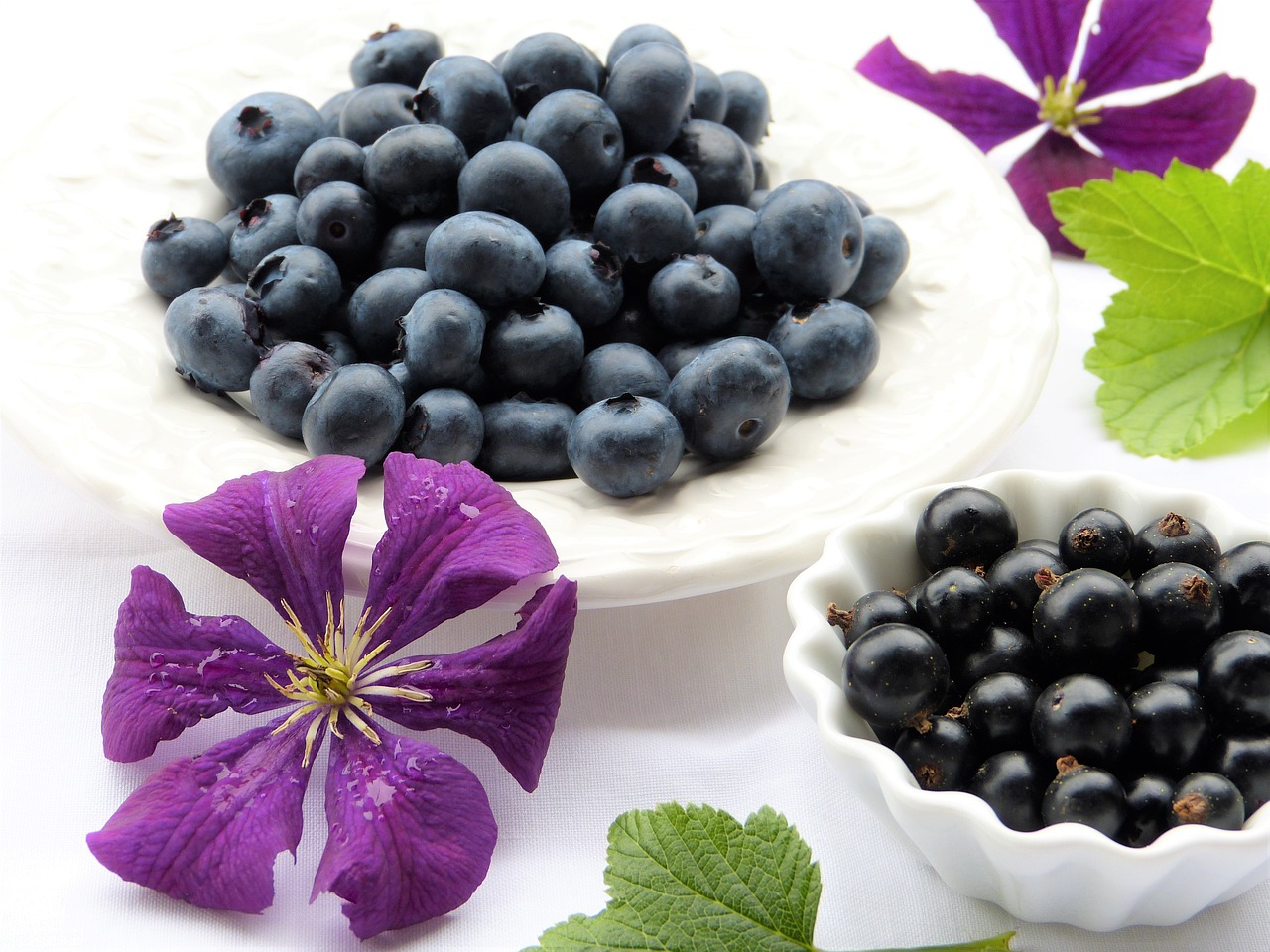
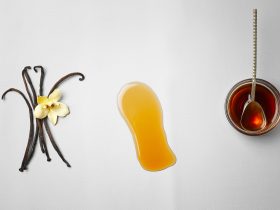








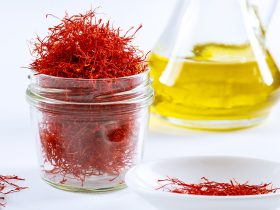
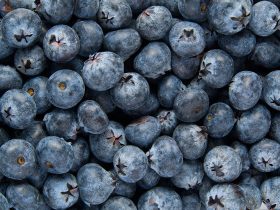
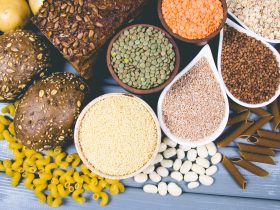

Find Us on Socials